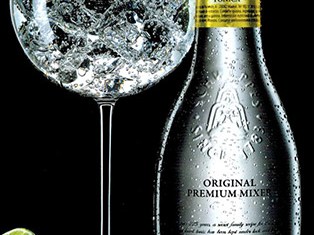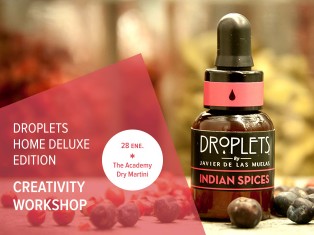The rum, a legendary drink
Great cocktails have rum as a key ingredient; either white or gold, amongst them all, the most renowned are Daiquiris, Mojitos, Bacardi, Between the Sheets, Piña Colada, Mary Pickford and The Cubalibre.
Rum, a distilled alcoholic spirit made from sugarcane, a plant originated in America, although its origins are actually Asian. The Egyptians already grew and extracted sugar from the plants many years beforehand. It was the Arabs that brought Rum to Spain, and in turn, the Spanish who exported it to Santo Domingo on their second trip to America.
The Americans already had well established sugarcane crops and produce, especially in the Caribbean; where a badly distilled, crude liquor emerged reaching up to 70º ABV. This drink was badly viewed and its consumption was associated with theft and disorder, to such extreme that the Archbishop Thomas Tension described it as a destructor of nature, devastator of vital forces and an enemy of reproduction. Much to people’s dismay, as the years went by, it managed to position itself as great alcoholic spirit and even managed to establish itself as a prized exchange value.

Its name varies between ron, rhum and rum; it’s said that it proceeds from the word rumbillon, name that first appears in documents proceeding from Barbados in 1650. In 1667, it became known as “rum” a fusion between the Spanish word ‘ron’ and the French term ‘rhum’. The first mention of the word ‘rum’ as such, was in an order issued by the General Governor of Jamaica in 1661.
Run was an important economical factor throughout the 17th and 18th century, exported to Europe from the West Indies and used in exchange for the trafficking of African slaves as well as in the fur trade with Northern American Indians. It was also exported to the English colonies in America, where it became so popular in the 17th century, that they established their own distilleries in New York and New England.
In 1763, there were 150 distilleries in New England, mainly supplied by the West Indies. During this period of time, 80% of the produce was consumed by North American colonies and the rest was sent to Africa in exchange for slaves, ivory or gold.
There are many denominations for rums very different to each other. On one hand, the Spanish colonies were accustomed to producing a dry, light and aromatic rum, by means of molasses and sugarcane fermentation, then distilled in a continuous still. On the other hand, the French and English colonies offered Rums proceeding from fermented sugarcane juice and distilled twice in a still pot. These Rums tended to be much more dense, full-bodied, very aromatic and ideal to enjoy on their own.
Amongst the most renowned denominations of origin, we find: Cuba, Barbados, Haiti, Jamaica, Martinique, Venezuela, The Dominican Republic, Trinity and The United States.

Great cocktails have Rum as a key ingredient, either white or gold variation, amongst which, the following are worth distinguishing: Daiquiris (in all their fruity range of flavours), Mojitos, Bacardi, Between the Sheets, Piña Colada, Mary Pickford, Zombie and Cubalibre. An ideal distilled alcohol to combine with fruits and juices, creating punches such as Florida, Cuba or Planer’s. Delicious combinations to enjoy on a summery afternoon.
In Dry Martini By Javier de las Muelas, we have combined the philosophy of this distilled alcohol in diverse cocktails, such as the ones that compose our Mojito Collection, elaborated with the legendary distilled liquor, equilibrated in flavour, fragrance and are simply spectacular.
SUBSCRIBE TO OUR NEWSLETTER
Do you want to receive on your email all the news of DRY Martini?
Subscribe to our newsletter and always be aware!





